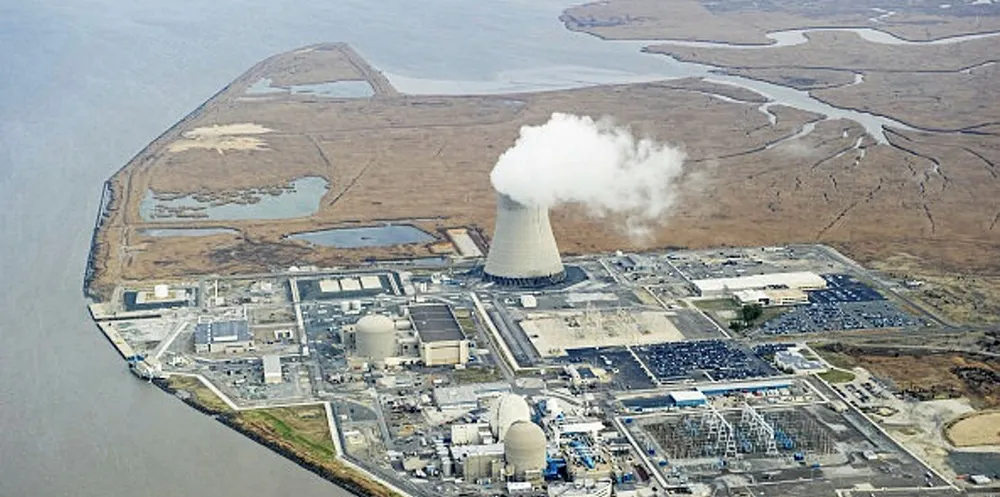New Jersey in 'great discussions' within offshore wind OEMs for first US turbine plants
Head of state's economic development body says potential factories could produce nacelles, blades and other componentry on banks of Delaware River

Tim Sullivan, CEO of the New Jersey Economic Development Authority did not name the companies but said New Jersey is having “great discussions” about the future site on the Delaware River, which will be developed for “advanced manufacturing activity”, including fabrication of nacelles, blades and other componentry.
“We think the time is perfect to build this port. It’s the right asset at right time for the right industry,” said Sullivan. Governor Phil Murphy’s administration views the future facility as underpinning the state’s goal of having 7.5GW of offshore capacity online by 2035.
The big three offshore wind OEMs - GE Renewable Energy, MHI Vestas and Siemens Gamesa Renewable Energy - have had the US market under study and are scouting locations for potential nacelle or blade factories.
The port will also provide a platform for tenants and local supply chain companies to tap what the state forecasts will be a $100bn offshore wind investment opportunity this decade from Maine to South Carolina. “This is once-in-a-generation capital investment,” said Sullivan.
“We think this can be the site of multiple manufacturers that can support multiple marshalling exercises at the same time to support an entire coast line’s worth of operations,” he noted, noting the southern Lower Alloways Creek Township location is at the “geographical heart of the US east coast wind belt”.
When the $300-400m wind port is built, possibly as early as 2024, it will be able to support at least 1,500 full-time assembly and manufacturing jobs, and generate $500m in new annual economic activity, according to Sullivan, who added the port will be “neutral, not one developer’s port. It will be the State of New Jersey’s port for the wind sector”.
Orsted last year won New Jersey’s initial 1.1GW tranche of offshore wind capacity with Ocean Wind, with expectations that the record-setting 12MW turbines will be spinning by 2024.
The state is eyeing potential local blade and turbine manufacturing for planned 1.2GW solicitations in 2021 (2026 operation) and 2023 (2028 operation), almost half-way toward the goal of having 7.5GW of offshore capacity by 2035.
There is growing pressure to invest in US production capacity for several reasons. First, importing components from Europe is not sustainable in the long-term for what is already a 29GW US development opportunity, as doing this will not drive industry growth.
Second, cost reduction. Local manufacturing is necessary to bring costs down further for offshore wind to more broadly replace coal, fuel oil and nuclear for electric generation, particularly in New England and New York.
Third, domestic politics. Elected leaders in Atlantic states have sold offshore wind to their constituencies with promises of massive economic development, infrastructure modernisation and job creation (as well as environmental benefits). Failure to deliver risks loss of public support for the sector and would undermine their political own standing.
The US’ National Renewable Energy Laboratory estimates there is a 2TW offshore wind resource – equal to twice the nation’s current electricity use – flowing over the the country’s Pacific and Atlantic oceans.